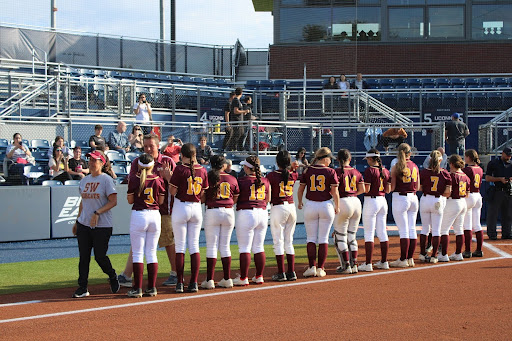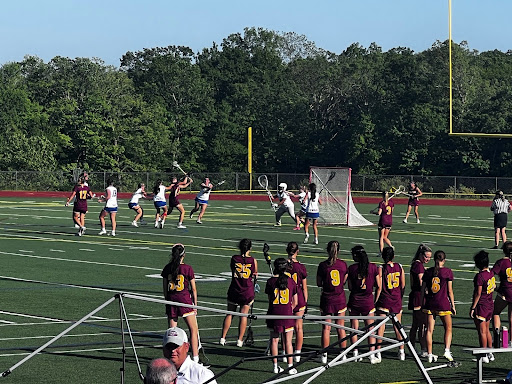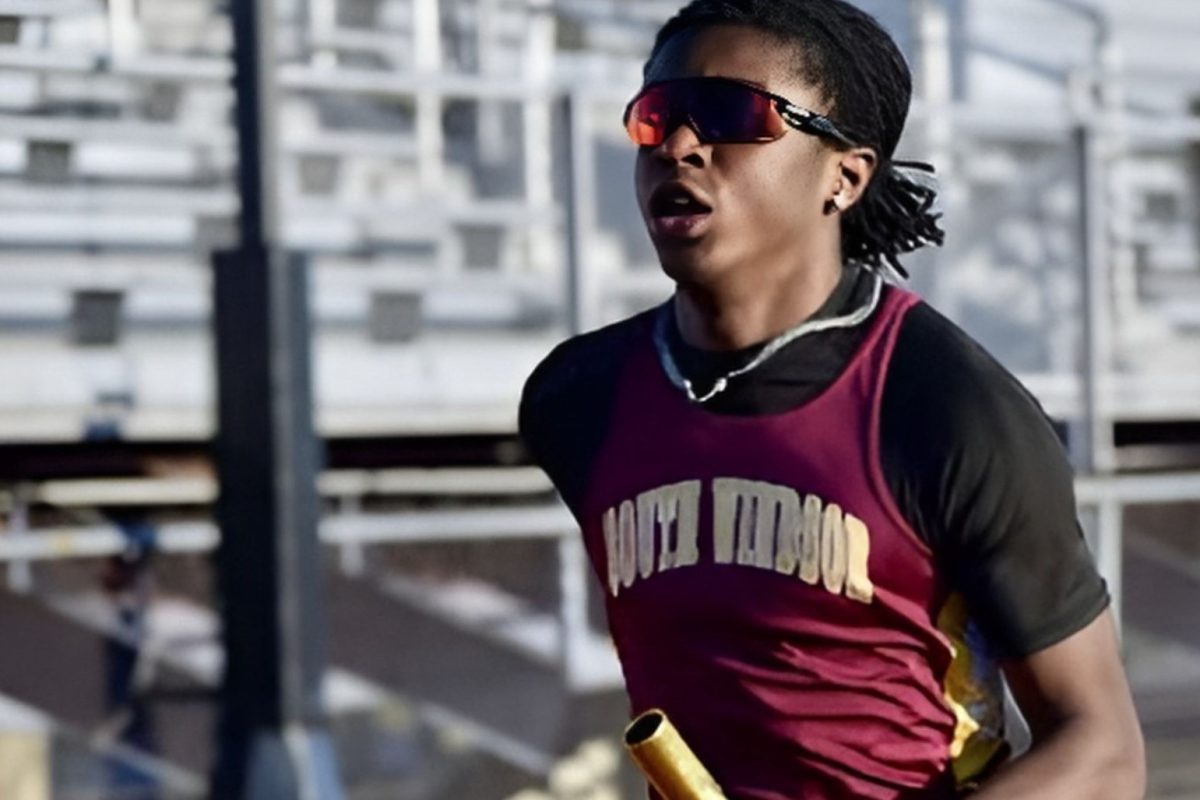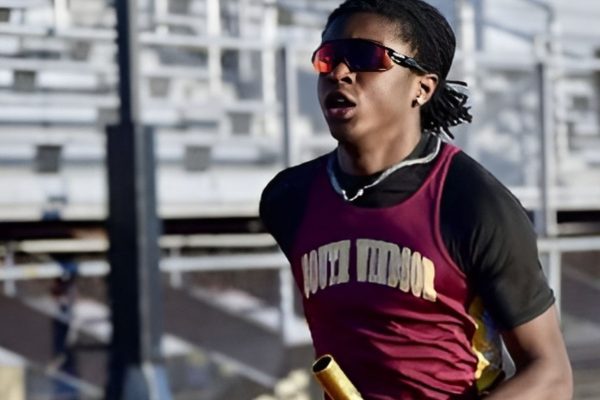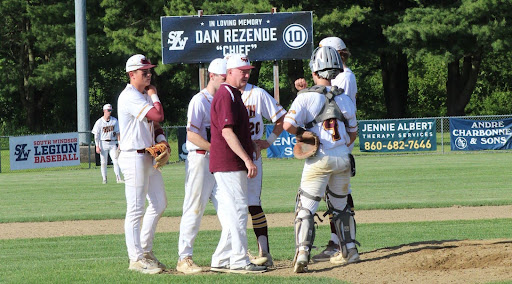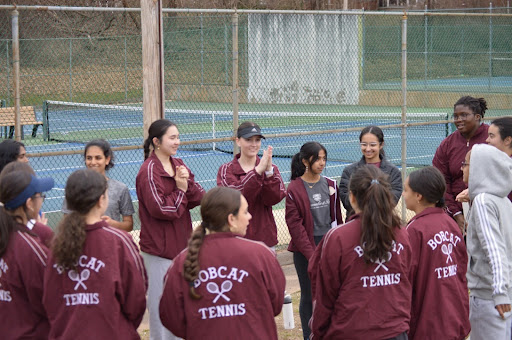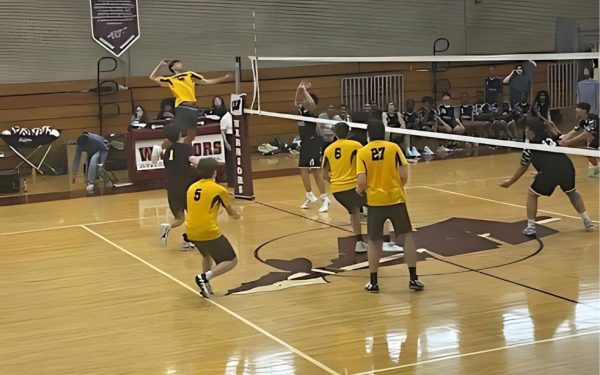The Gender Inequality in Sports

May 23, 2017
Throughout history, women’s treatment in sports has been influenced by gender inequality. There is a huge funding gap between men’s and women’s sports teams, which then causes women to have a lesser chance of opportunity to play sports. Inadequate coaching, difference in equipment, and of course the gap in pay are all aspects that have affected how women’s sports teams are treated differently than men.
Other than these aspects, another main facet that contributes to the unequal treatment of men and women in sports is how women athletes are portrayed in the media. The media often focuses on noting a female’s looks and physical attractiveness or other non-sports related activities rather than her athletic ability.
Maria Sharapanova, a professional women’s tennis player is one of these women who received more media attention on physical appearance than athletic abilities. Research has shown that sports media and commentators have rarely reported on Sharapanova without mention of appearance. Money is an important part in how women athletes are portrayed in the media.
“Forbes published an article in 2010 on the highest paid female athletes. Tennis player Maria Sharapova, ruled as the top-earning female athlete”, says reporter Jane Schonburger, who writes about the unequal treatment of women in sports, “Women’s tennis is arguably the most commercially popular and successful among all women’s sports, likely because it is an individual sport that draws a greater percentage of male followers than other women’s sports”
Another example of women and sports is how ‘feminine” a woman is supposed to be portrayed within athletic media. Many female athletes who are seemed to be not as “feminine” are usually the ones who are not portrayed in the media.
“This is a classic example of the fact that female athletes tend to gain media attention at least as far as photographs are concerned”, Says journalist Aline Bernstein, “for what they look like and not necessarily for their sporting achievements.”
The questions that should be asked regarding the inequality of women and men in sports, especially in sports media, is how much the media coverage of an athlete can affect their performance. How does society’s view of the coverage of women’s sports in media affect how women are seen, and will we ever see a day where women are praised for real athletic ability rather than, how well they look when they are playing?




